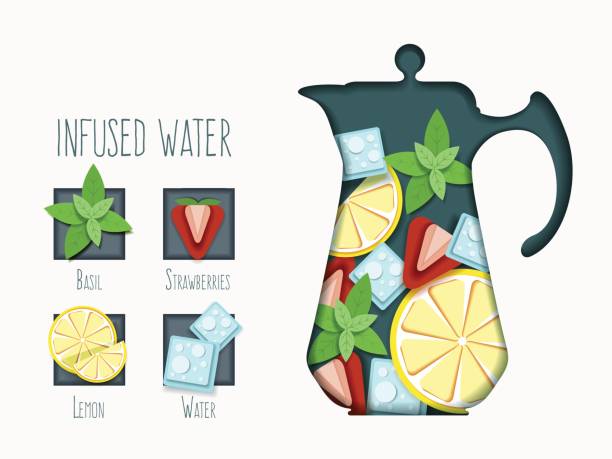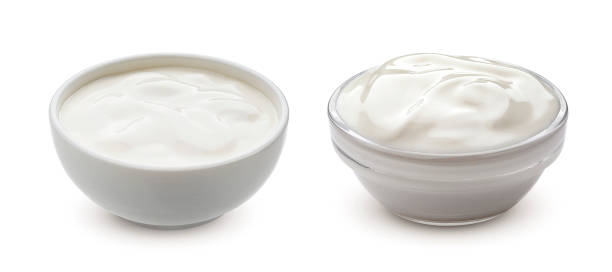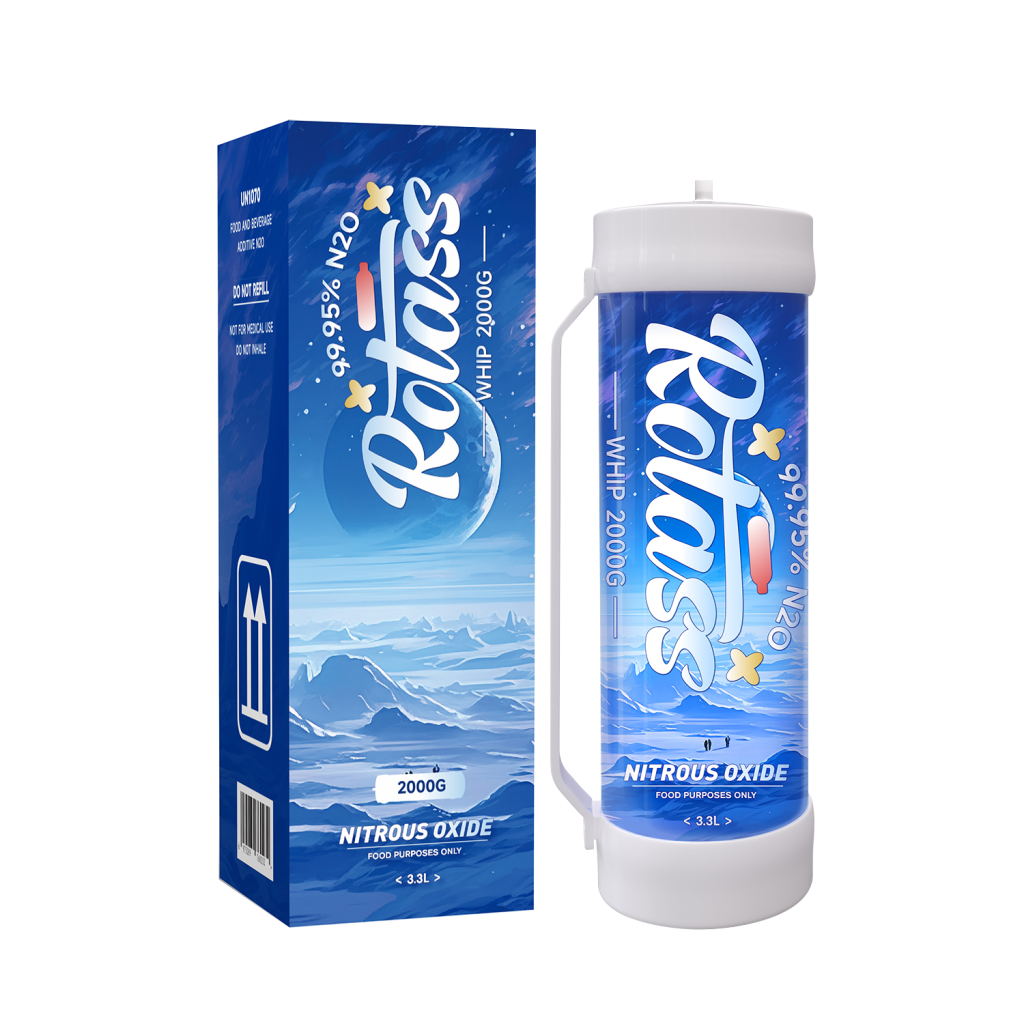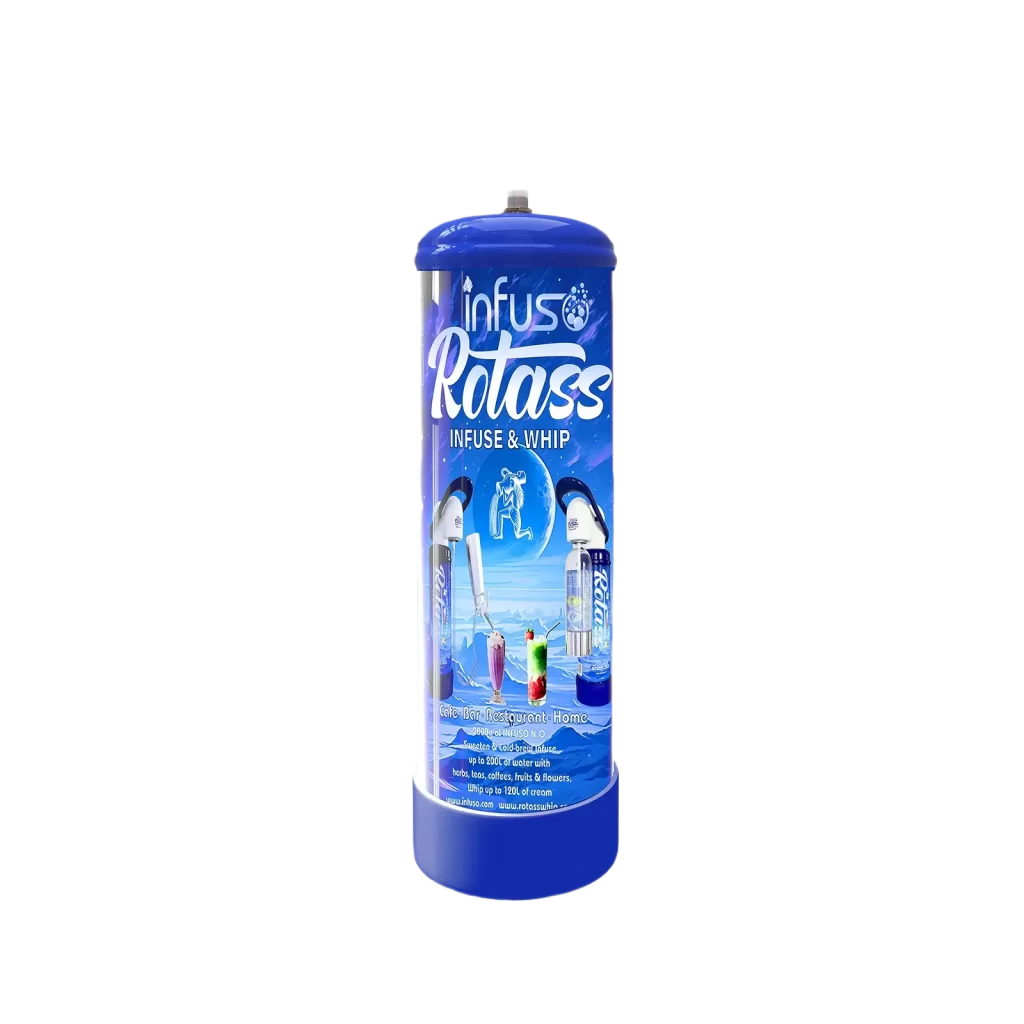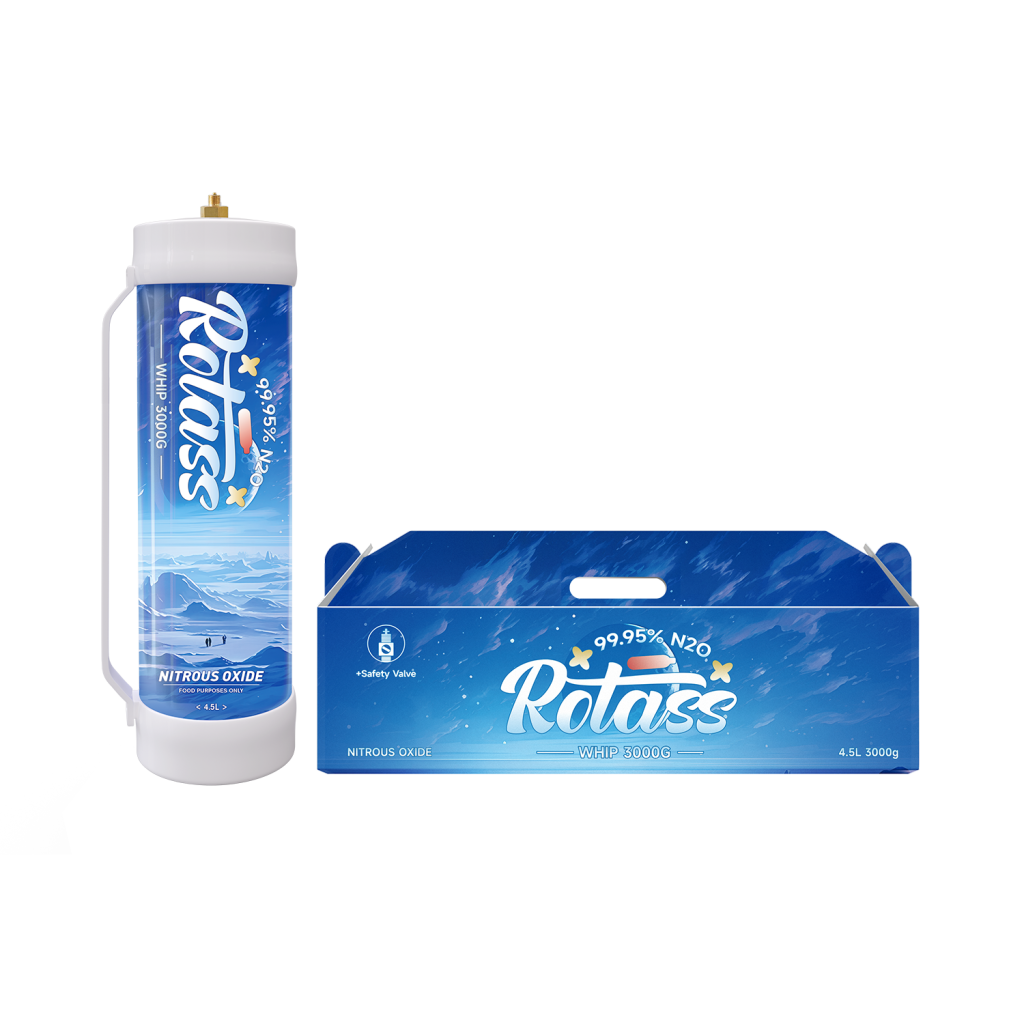2025 / 07 / 28
Applications of Medical Nitrous Oxide Used in Dentistry
Table of Contents
In dentistry nowadays, nitrous oxide, also referred to as laughing gas, is still the most trusted option for sedation as it provides a great deal of pain relief in a quick and safe manner. Patients frequently experience anxiety and pain during their procedures. With the use of medical nitrous oxide, doctors can now make their patients feel calm and relaxed, enabling a smoother experience for everyone.
This article covers the basic and complex procedures in dentistry that use nitrous oxide, emphasising its most important aspects like tank specifications and storage procedures.
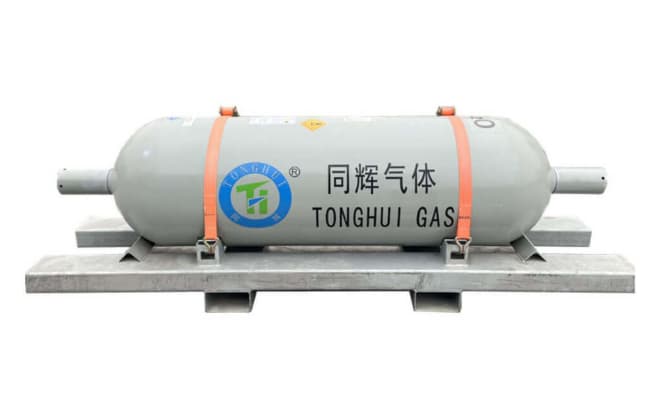
How Medical Nitrous Oxide Is Used in Dental Treatment?
Medical nitrous oxide is a colorless, faintly sweet-smelling gas that is administered to patients via a small, comfortable mask placed over the nose. The gas is always combined with oxygen, and the dental professional can precisely control the concentration of nitrous oxide to achieve the desired level of sedation. This method of administration is non-invasive and allows for rapid onset and quick recovery.
Common Dental Procedures
Nitrous oxide is used in a wide range of dental treatments for conscious sedation. It is particularly effective in:
- Fillings and restorative work
- Root canal treatment
- Extraction of wisdom teeth
- Gum surgery (periodontal surgery)
- Pediatric dentistry
- Deep cleanings of fearful dental patients
This wide range of application reflects why nitrous oxide is a reliable aid in both routine and surgical dental treatment.
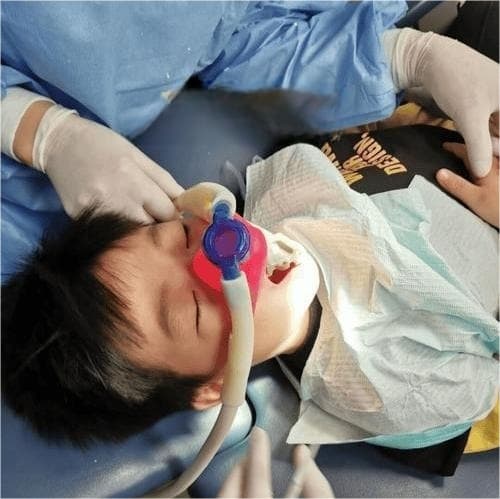
How It Works
The method of action of nitrous oxide is through its effect on the central nervous system. Upon inhalation, the gas is inhaled into the lungs and spreads rapidly to the brain. It is thought that it can cause the human body to release normal endorphins, hence causing pain relief and improvement in mood. It is also able to modulate activity of neurotransmitters (like GABA) and soothe the nervous system.
One of the significant advantages of nitrous oxide exposure is that patients can remain awake throughout the treatment procedure and can communicate with the dental staff. They are relaxed, and they feel pricked or exhilarated. The effect of nitrous oxide will wear off within a few minutes as soon as the inhalation is stopped since it would be exhaled quickly out of the body. This enables the patient to be able to drive home after a visit, which is a significant advantage over deeper sedation techniques.
Dental Nitrous Oxide Tank Specifications and Requirements
A medical nitrous oxide tank typically is made of high-strength steel or aluminum and is blue color-coded for immediate identification from green-colored oxygen tanks it is paired with. Medical tanks are of varying sizes, with the “E” cylinders being a typical portable size used in most dental offices.
Key information about a medical nitrous oxide tank is:
Purity: The medical-grade nitrous oxide to be used should meet the high purity standards recommended by the United States Pharmacopeia (USP). This is to guarantee that the gas contains no impurities that could injure patients.
Valve and Connector: Tanks are fitted with specific pin-indexed valve systems that prevent one from inadvertently attaching to the wrong gas line, a safety feature that is extremely important in the environment of a dental office.
Pressure: The nitrous oxide is stored under pressure in liquid form and the tanks are designed to withstand the pressure safely.
Labeling: Every tank shall bear the name of the gas, its hazard category, as well as the supplier’s information very prominently.
Medical Nitrous Oxide Tank Storage and Handling Essentials
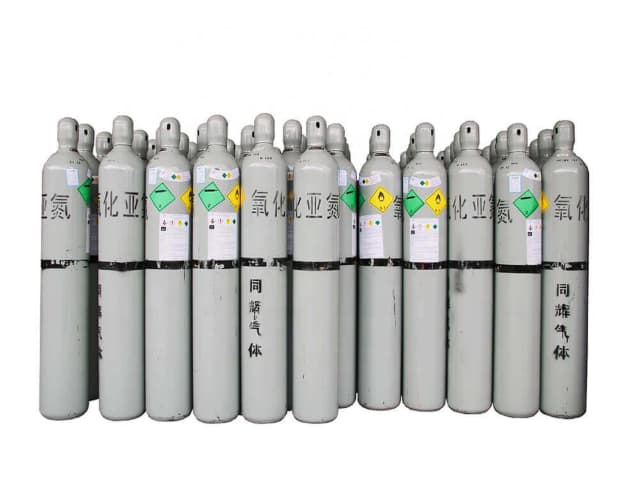
Adequate training and protocols for handling and storage impact the safety and effectiveness of nitrous oxide gas in dentistry. Every dental clinic should consider the following:
Ensure gas storage is:
- Cylinders/tanks should be upright, secured, and stored in a cool, ventilated space away from direct sunlight.
- Marked and colour-coded accordingly.
- Free of combustible materials.
- Free from greases, oils, and flammable substances.
- Positioned away from patient areas to minimise unnecessary exposure to pressurised gas systems.
- Prevent rolling and dragging during transport to preserve tank integrity and avoid damage.
Clinical dental personnel need to be trained in:
- Recognising gas leakage
- Safely connecting and disconnecting tanks
- Checking valve and regulator settings
- Inspecting pressurised tank levels
Documenting refill, refill, and pressure check dates for each tank in a logbook is useful.
A minimum of 1-2 spare gas tanks should be stored to ensure an uninterrupted supply for daily operations. Timely delivery from a gas supplier helps avoid delays and ensures patient safety.
ROTASS: Trusted Partner for Medical Nitrous Oxide Supply
With the increasing demand for chairside sedation, dental clinics not only need gas but also reliable supply and support partners. ROTASS is honored to be one of the leading suppliers of medical nitrous oxide tanks, providing tailor-made complete solutions for dental care.
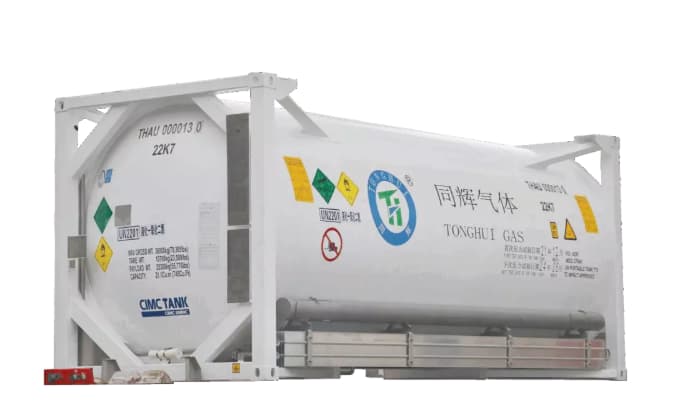
Why choose ROTASS?
Quality Certification: All gas tanks are filled with nitrous oxide with a purity of ≥99.5% and are accompanied by COA and MSDS documents.
Flexible selection: We offer gas cylinders of various specifications ranging from 2 liters to 50 liters, suitable for installations from single-person diagnosis and treatment to hospital-grade.
Global compliance: Gas cylinders comply with ISO, CE and FDA standards.
Fast delivery: Providing streamlined logistics services for local and international customers.
Customized support: Accessories package, regulator and installation guide are provided.
ROTASS, what you get is not just a nitrous oxide medical gas cylinder, but a professional support system to help you ensure the safety, efficiency and compliance of your clinic.




